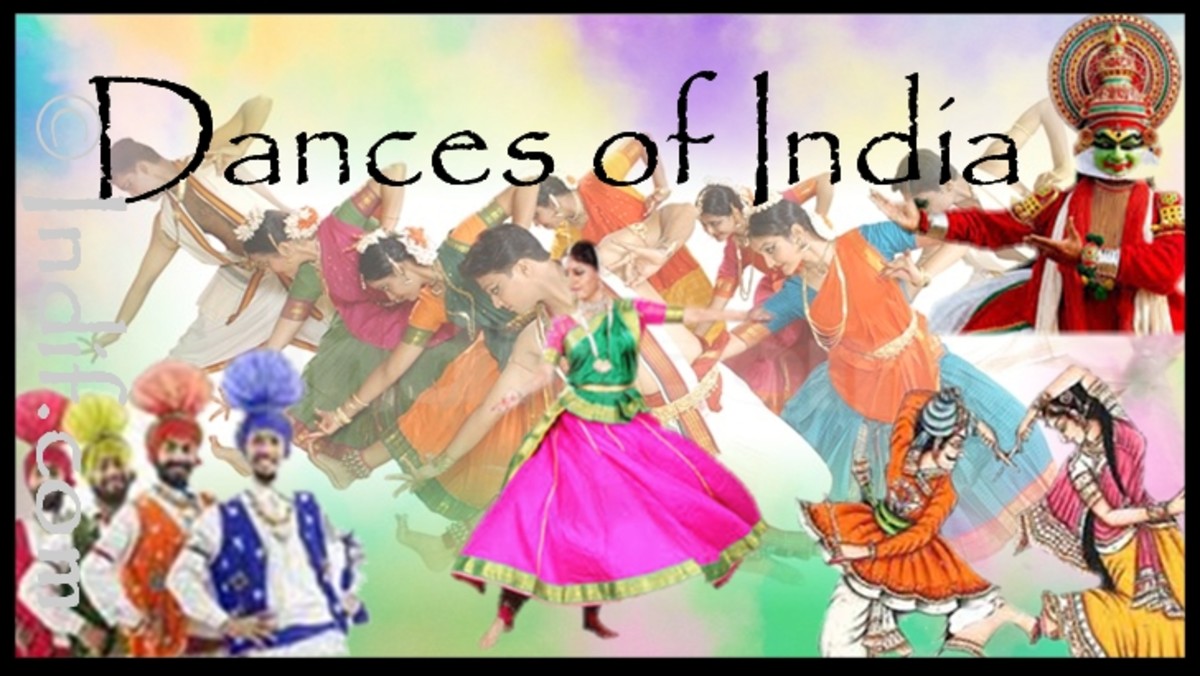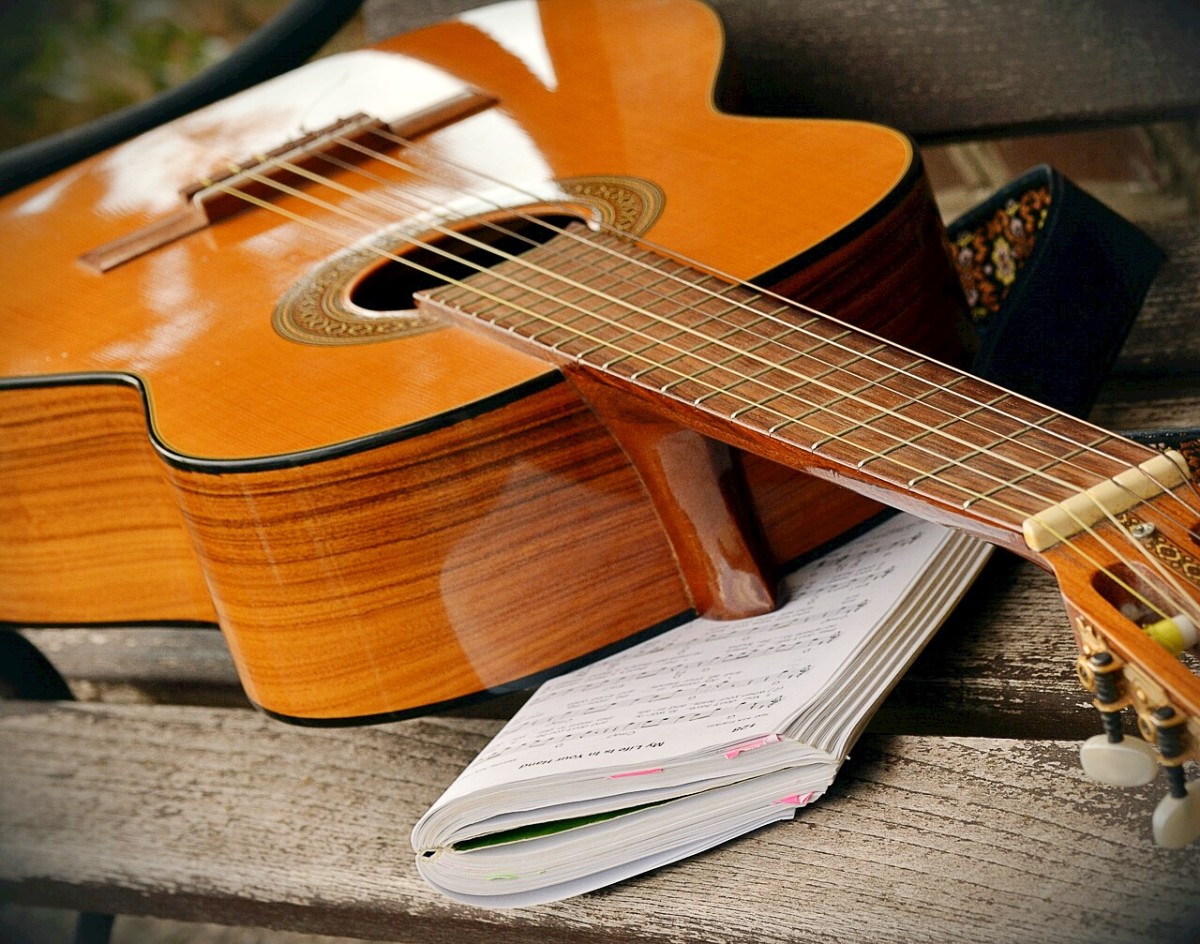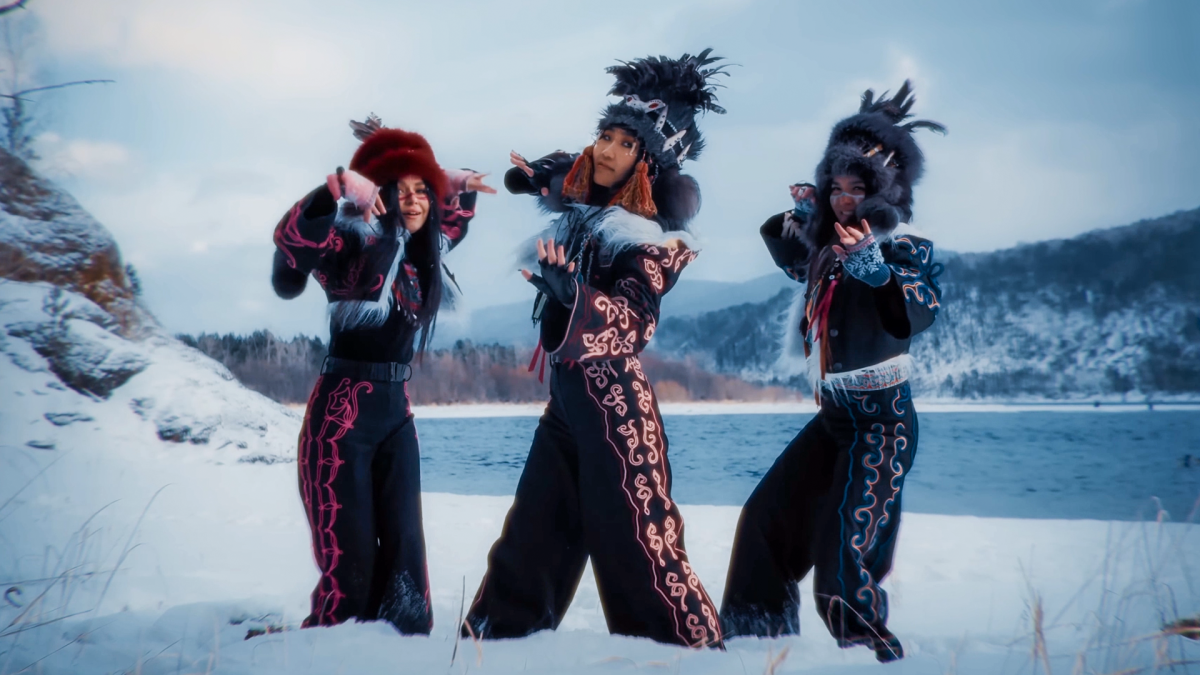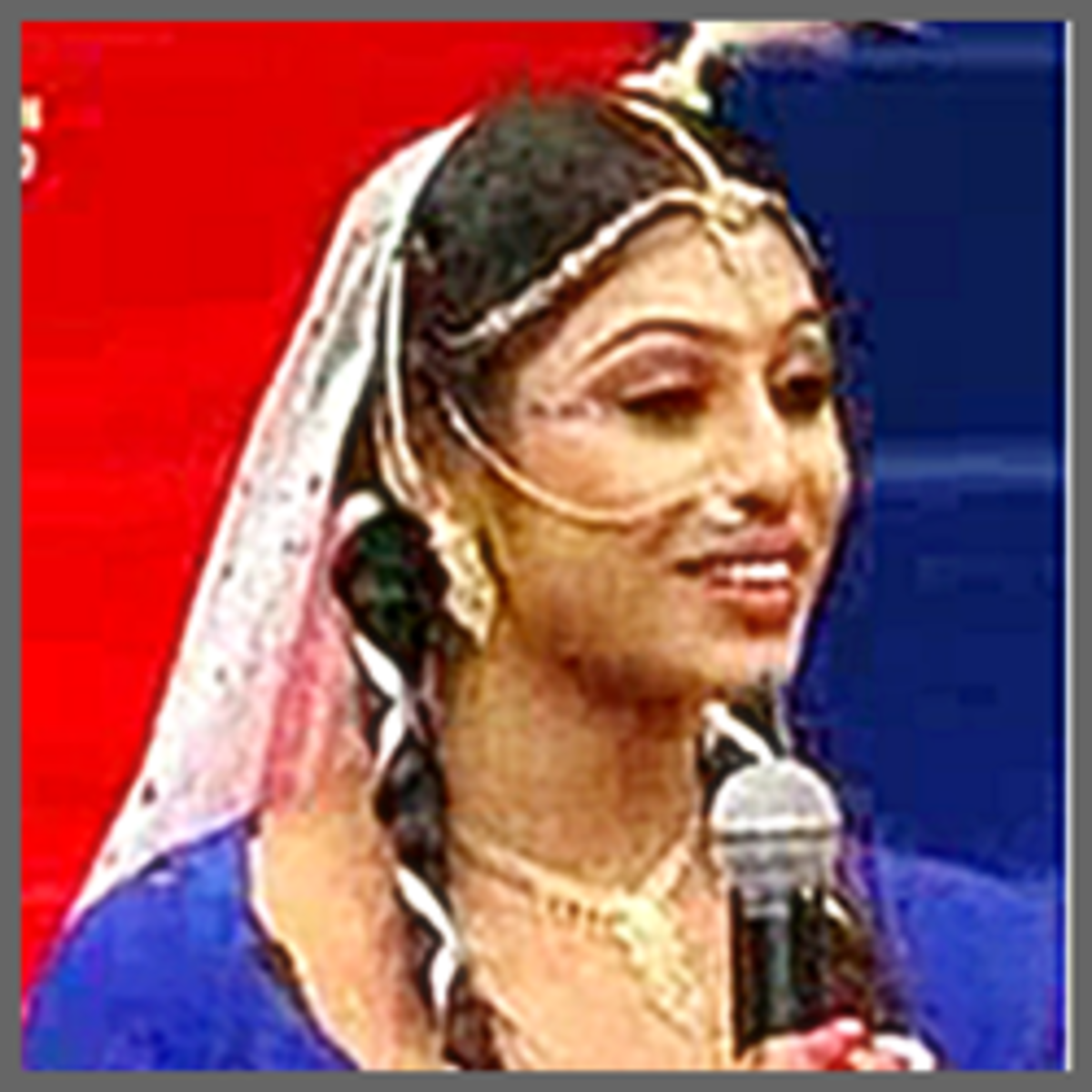The Story of Folk Music
A term used since the mid-nineteenth century, 'folk music' describes music, song and dance that is composed and performed by country people as a form of entertainment. Unlike the relatively complex forms of popular or classical music, folk music is simple and is a tradition passed down from one generation to another. Without a strict written style, folk music may exist in several hundred variants, each slightly different as a result of the passage of time, shift in locale or a conscious alteration in performance. The same applies to folk dance as it is also largely passed on by memory. In most cases, dance was developed as a companion to song.
Identical folk tunes can be found in different countries, the result of migration and the gradual assimilation of an old culture into a new. For example, in Latin American countries there are many musical and cultural legacies of the people's Spanish and Portuguese heritage.
Rural folk culture is associated with such communal practices as work, agriculture, religious ceremonies and social activities such as marriage. Dance is also carried down through generations with unique national or parochial characteristics; dance has evolved from pagan worship practices for appeasing or arousing spirits.
Harvest dances and those associated with the seasons were mostly performed by men although in areas of Hungary and Poland some involved women. The social folk dances were the forerunners of country square dancing. The North American square dance, in a country that has assimilated folk cultures from all lands, is combined mainly from English, Irish, Scottish and French traditions.
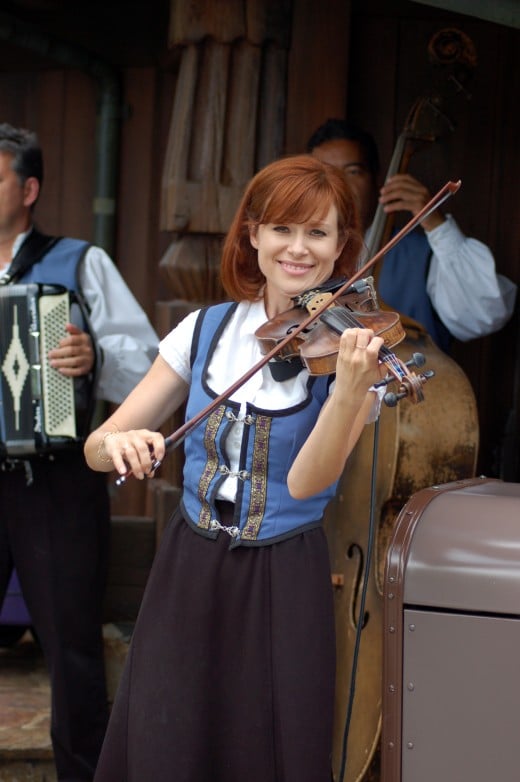
Types of Folk Music
The collection of folk music from different areas has been a fairly recent enterprise.
The early seventeenth century saw the first interest in catalogs of folk music, notably in England by Bishop Percy (1729-1811). In later years the study was continued through the work of Cecil Sharp (1859-1924). Most songs have a small melodic range, from two to four tones only. The more complex examples, especially those of church modes and pentatonic scales incorporating five notes to the octave, were introduced through the Christian Church but have little in common with simple folk music.
However, folk hymns and religious ballads were strongly represented throughout Teutonic lands. Strophic songs or ballads were common in Europe, mostly in the northern or central areas. They retold stories of love, war or crime and some, as in the case of the early Scandinavian ballads, were set to dance. This folk music reflected social attitudes and life styles in much the same way as the broadside ballads of the Renaissance dealt moralistically with current affairs. Epic songs, as in the medieval Song of Roland, can still be found in eastern Europe in such traditions as the bylini of Russia and the kalerala of Finland.
Origins of Folk Music
Since folk music existed and evolved in an oral tradition it is difficult to trace its progress through history. Many French folk songs had for centuries been influenced by the royal court and early German music has been traced through written references.
Russian folk music is recorded back to the thirteenth century with additional traces of the bogatyri, or hero epic folklore, recurring from the tenth century. Russian music can be taken as representative of older European forms. Music related to the peasant rituals still survives in Bulgaria and Rumania particularly, and to some degree in most European countries in one form or another.
In North and South America folk music stems from that imported by European immigrants and many of the early examples are still preserved within individual ethnic groups. It has become mixed with the African elements of the large black population. African forms have made their way from folk music through spirituals to modern popular music in the form of rhythm and blues and as jazz.
Origins of Folk Dance
Dance has evolved over a great period of time. Often music was written to accompany dance in its religious or ceremonial form. Asian dance, which survives in its original state, quickly became a highly respected art. Such traditions as the geishas of Japan and the nautch of India made dance an integral part of those cultures.
The ancient Greeks relied heavily on dance to communicate with their gods, the complex ritual in honor of Dionysus being a good example. In Roman times dance was restricted to the lower classes because it was considered to lack dignity. In early Christian times ceremonial dance forms such as those seeking good harvests or victory in war were suppressed as not in keeping with the new religion.
As European dance lost its original significance, folk traditions continued to be kept alive among rural communities. Henry VIII of England imported European folk troupes to appear in court masques. Louis XIV of France was a patron of the dance and in 1662 opened the Royal Academy of Dance. Such dances as the volta, minuet and, in the nineteenth century, the waltz and polka were closely related to peasant forms.
This content is accurate and true to the best of the author’s knowledge and is not meant to substitute for formal and individualized advice from a qualified professional.
© 2012 Bits-n-Pieces

